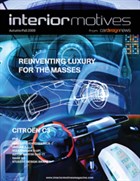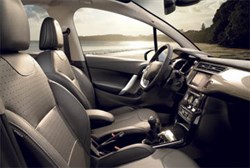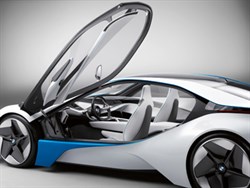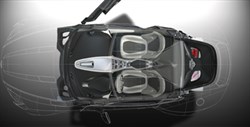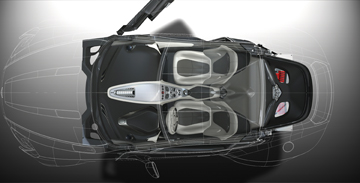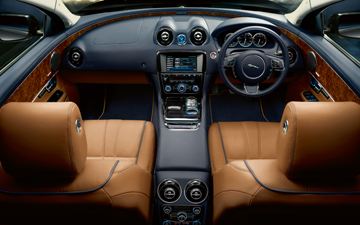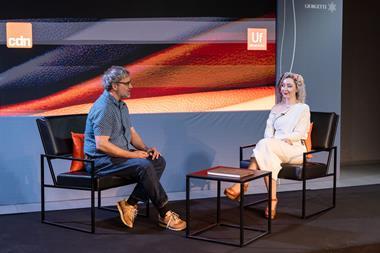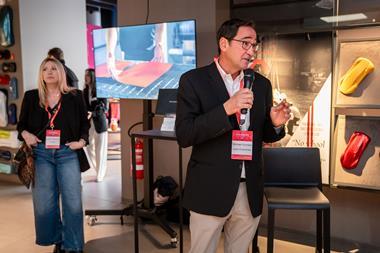IN THIS ISSUE
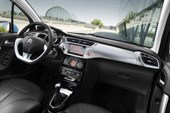
Colour & Materials designer: Christophe Poinlane
Project started: Summer 2006
Project completed: Summer 2008
Launch: IAA Frankfurt/September 2009
Contemporary design inspired Citroën’s interior design team to mix technical fabrics and other materials in such a way that they evoke sophistication and quality, while retaining a simple and modern feel.
As Mark Lloyd, project leader for the C3 interior explains: “This is about material associations that evoke sophistication, and it’s also about what is the environment when you’re in your car – in terms of luminosity and spirit.”
When it comes to perceived quality, he says, the C3 is “out of place – it looks like it belongs in the segment above. This sophistication is conveyed not only by the architecture of the design, but also through the materials and their contrasts: the shiny, the matte, the smooth, the soft and the cold”.
 Vehicle type: concept/2-door sports car
Vehicle type: concept/2-door sports carInterior design director: Marc Girard
Lead interior designer: Jochen Paesen
Material & Colour manager: Volker Schrem
Project started: February 2009
Project completed: September 2009
Launch: Frankfurt/Sept 2009
The entire project was completed in just seven months, starting with the initial sketching competition phase in February 2009 and ending just days before the car’s debut at the Frankfurt motor show in September.
The interior structure is made up of twisting, dynamic layers. This pivotal theme – both for the exterior and interior – came about during a series of workshops: “We told them, reveals BMW interior design director Marc Girard:
“Take other materials that you are not using in your daily business, take canvas and acrylic paints; just paint, sculpt, fold paper, fold metal. Find a way to express this theme that you would like to work on – don’t pay attention to doing a car’.”
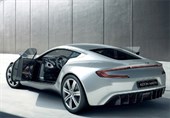 Vehicle type: production/2-door sports car
Vehicle type: production/2-door sports carDesign Director: Marek Reichman
Interior Design Director: Matt Hill
Colour & trim design: Libby Rooke
Project started: Spring 2008
Project completed: Spring 2009
Launch: Villa d’Este/April 2009
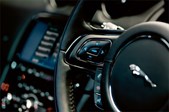 Vehicle type: production/four-door sedan
Vehicle type: production/four-door sedanDesign manager: Ian Callum
Lead interior designer: Mark Phillips
Project started: Spring 2006Spring 2009Saatchi Gallery, London/July 2009
The XJ is the second vehicle in Jaguar’s product renaissance after the XF. Two architectural studies were explored under the names ‘Structure’ and ‘Fluid’. The more organic, non-linear ‘Fluid’ advanced design study was dropped, and the ‘Structure’ study – including a wraparound veneer ribbon that made it all the way through to production – was chosen in summer 2006 to be taken forward to the scale-model development phase.
Lead interior designer Mark Philips had a clear vision: “I wanted to appeal to a more design-savvy and younger audience, to make a big and very contemporary statement relevant to modern consumers.”
Magazine
